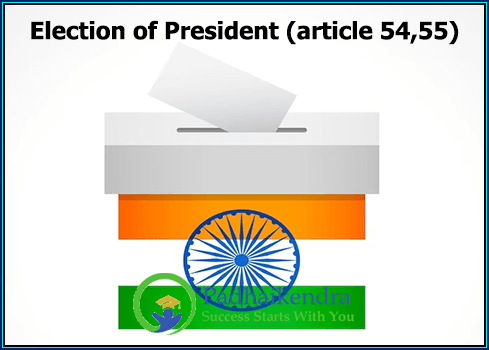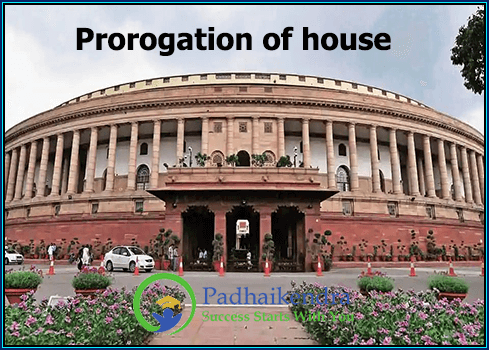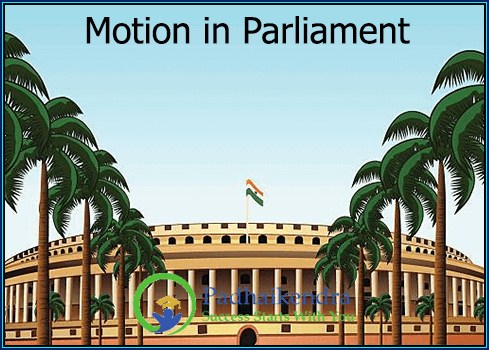Article 54 and 55 of the Constitution of India deal with the election of the President of India. Here is a brief summary of the election process:
Article 54: The President shall be elected by an Electoral College, which consists of:
- The elected members of both Houses of Parliament.
- The elected members of the Legislative Assemblies of the States.
The value of each vote varies for the members of the Electoral College, and is determined based on the population of the state they represent. The value of the vote of an MP is calculated by dividing the total population of the country by the total number of elected MPs in the Lok Sabha, and then dividing the result by 1,000. The value of the vote of an MLA is determined based on the population of the state he or she represents, divided by the total number of elected members of the Legislative Assembly, and then further divided by 1,000.
Article 55: The election of the President shall be held in accordance with the system of proportional representation by means of the single transferable vote. This means that voters have the option to indicate their preference for more than one candidate, and the candidate who secures the required number of votes is declared the winner. The voting is conducted by secret ballot.
The President is elected for a term of five years, and can be re-elected for a maximum of two terms. The candidate who secures more than 50% of the total value of votes cast in the election is declared elected as the President. If no candidate secures the required number of votes, a second preference vote is counted and the candidate with the highest number of votes is declared the winner.
The election of the President of India is conducted by the Election Commission of India, which is an independent constitutional body responsible for overseeing elections in the country.





